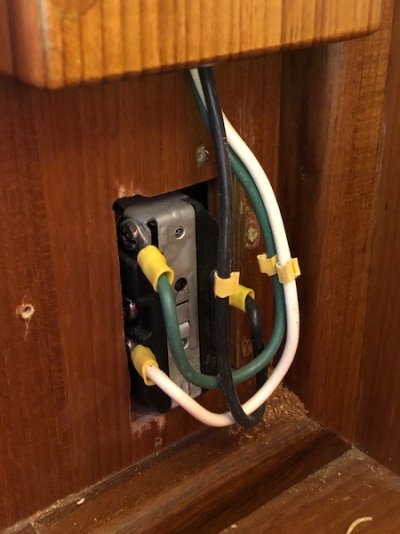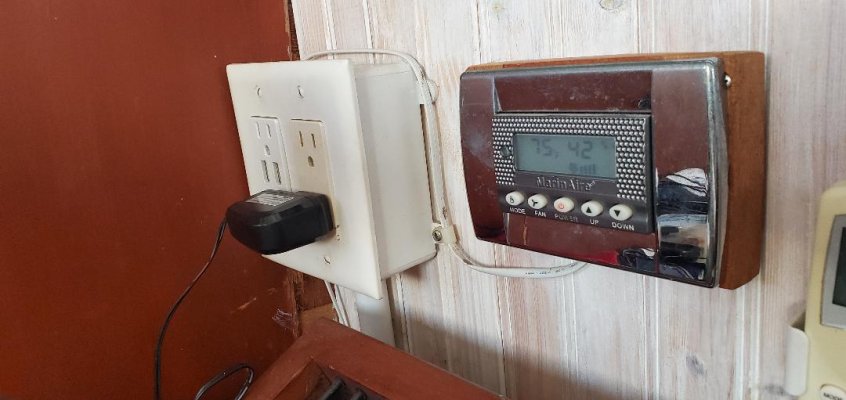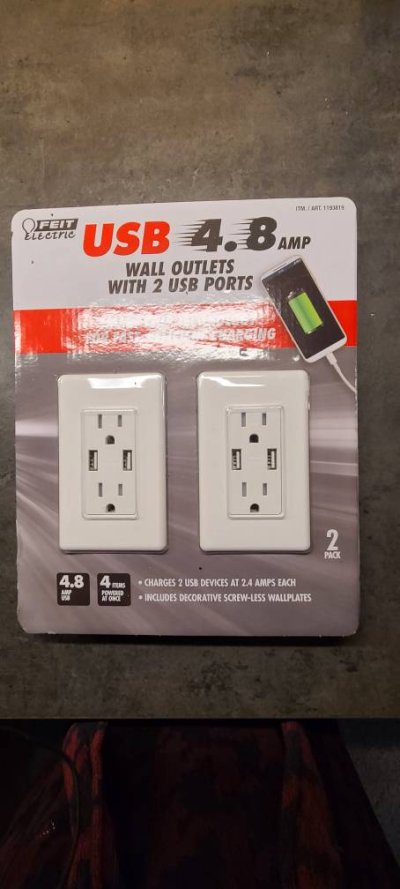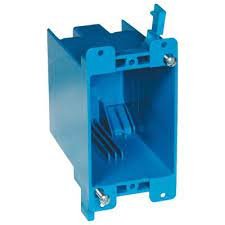HeadedToTexas
Guru
My boat has plenty of outlets, but there are none where we work and that means charging cables and extension cords draped across traffic areas. Adding outlets would be simple if this problem was at our dirt home, but I am far less familiar with ABYC and marine wiring.
Mariner built the boat using wood covers on the back sides of what look like standard household 120 VAC outlets. Instead of your basic Romex, they used suitable gauge individual strand braided wire. I know about terminating connections with crimp on ends and not using wire nuts.
I don't plan to build wood boxes as my woodworking skills fall well short of the Taiwanese craftsmen that built the originals. What about your basic plastic old work single gang boxes as a backer? One outlet will be in a "utility" area housing an air conditioner unit and the other will be in a rather inaccessible upper corner of a cabinet. What is the right approach?
Mariner built the boat using wood covers on the back sides of what look like standard household 120 VAC outlets. Instead of your basic Romex, they used suitable gauge individual strand braided wire. I know about terminating connections with crimp on ends and not using wire nuts.
I don't plan to build wood boxes as my woodworking skills fall well short of the Taiwanese craftsmen that built the originals. What about your basic plastic old work single gang boxes as a backer? One outlet will be in a "utility" area housing an air conditioner unit and the other will be in a rather inaccessible upper corner of a cabinet. What is the right approach?





